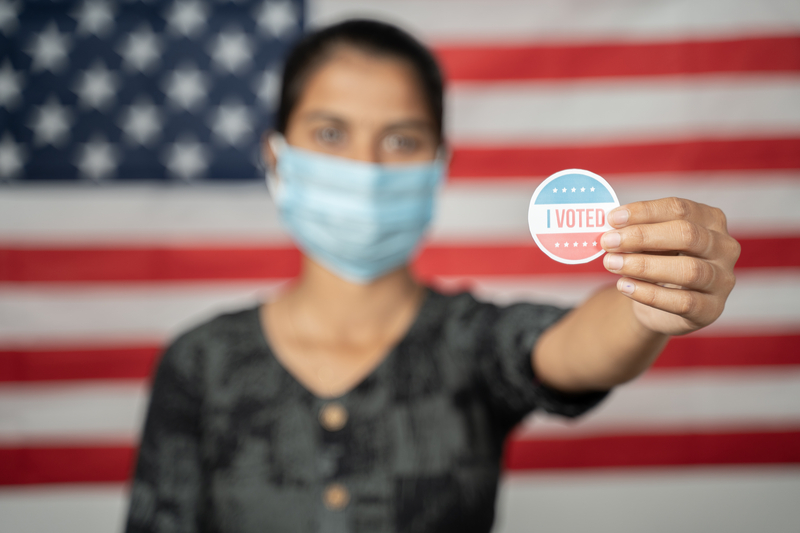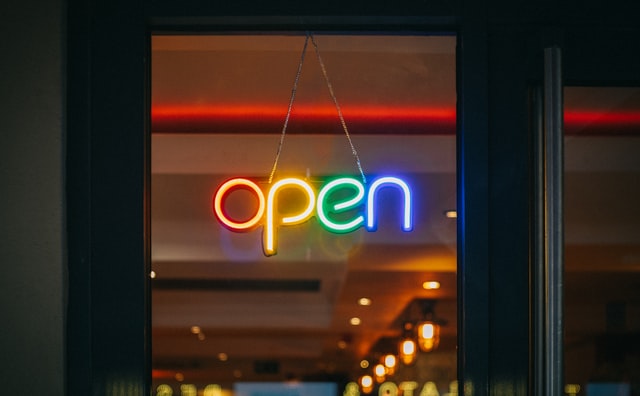
Photo: voting-dreamstime_s_196606191
Case study: Chicago upgrades election security network
23 September 2020
The Board of Election Commissioners for the City of Chicago teamed up with Verizon to help deliver secured elections in the midst of the COVID-19 pandemic.
On March 11, 2020, the World Health Organization declared coronavirus a global pandemic. This was just six days away from Chicago’s scheduled presidential primary.
Implementing additional health and safety measures to protect voters and poll workers in such a short amount of time was a hurdle in and of itself. Adding to this complexity was the introduction of a brand new voting system for over 2,000 precincts across 230 squares miles.
Even without pandemic factors, being able to provide secure electronic elections across multiple voting sites comes with its own challenges, unique to each state, county and city. Three critical factors for secure electronic elections are:
- Protect the integrity of voter choices on a digital ballot
- Guard against hacks and cyberattacks when those choices are electronically transmitted across the network
- Ensure that every vote is accurately counted and accounted for
Proper planning is essential when preparing for something as critical as an election. As early as 2006, when problems with the then-new voting equipment began to surface, the Board of Election Commissioners for the City of Chicago (“Board”) had already initiated preparations for improving network security and efficiency, which included upgrading its electronic poll books in 2014. When the Board decided to upgrade its voting equipment and network in 2018, it was dealing with an infrastructure that hadn’t been updated since 2006.
This meant replacing the old-school voting equipment with more modern equipment featuring robust capabilities and security. Whereas before, the equipment merely performed a tally of votes without preserving the ballot itself, the new system actually scans and saves every single ballot, both electronic and paper.
“The added advantage about these new vote scanners is that you can see the logic the scanner used to count or not count the vote so that there can be an immediate adjudication if there’s an issue of how the image appeared that reflects the voter’s intent,” said Jim Allen, former Communications Director, Chicago Board of Election Commissioners.
But shifting from a purely count-based tally to one that is accompanied by verifiable scans of actual ballots requires not just a massive increase in bandwidth, but also a pipeline that is reliable and scalable.
The Chicago challenge
The Board had to outfit more than 2,000 precincts with new voting systems and a secured network to run them on. This meant ensuring the data from the voting equipment could be transmitted on a completely private network to meet security requirements, in addition to ensuring the electronic poll books — devices used to electronically sign-in the voters — were on a separate, VPN-protected network. In the wake of the 2020 Iowa primaries, where a new technology platform was not properly tested, causing massive delays in voter results, the Board wanted to ensure that the voting platform it implemented would not fail when it — literally — counted.
“With the new voting equipment, the size of the data file has increased tremendously,” commented Matt Lin, IT Manager, Chicago Board of Election Commissioners, “So to prevent the potential data bottleneck, we needed to increase to a higher-bandwidth circuit.”
The Board’s voting network structure at the time used a dual-carrier model as a redundancy failover, but, as Lin says: “Only Verizon could provide us with the bandwidth we needed, so we decided to switch to an all-Verizon redundant circuit model.”
Secured solution implementation
Once the decision to migrate to a single provider solution was made, the next step was to redesign the various networks that support Chicago’s polling sites. Chicago segments its traffic into three distinct data groups:
- Touchscreens and scanners — where the actual votes are processed
- Electronic poll books — where voter registration data is stored and validated
- Employee communication — where employees are able to access their normal network data, such as emails and intranets
The critical requirement for the Board with these networks was that they remain separate from each other. With the new era of cybersecurity threats, election equipment can be particularly vulnerable to attacks like DDoS and unauthorised users attempting access.
Having an end-to-end private network solution capable of segmenting different types of traffic can mitigate those threats. In particular, the Board required that the voting equipment and electronic poll book data be on completely separate, private networks with no access points to or from the public Internet.
Verizon provided a number of wired and wireless solutions to meet the Board’s requirements, including:
- 2,200 activations of 4G LTE Modems
- 1 Private wireless gateway
- 2 Geo diverse 1-Gig burstable IP circuits
- 1 Dedicated VPN circuit
- Partner-based, secured routers and firewalls
For added security, the Board also ensures that during the day, when all the voting equipment is in use, their connectivity is physically turned off. It is only at the end of the day, when the polls close, that they turn on modems to transmit the scanned images of the ballots and results, a process which, thanks to robust bandwidth, now only takes five to ten minutes.
“With Verizon’s solution, we are not touching the Internet at all,” said Rahul Patel, Elections Information Security Officer, Chicago Board of Election Commissioners, “So a lot of those boundaries that we had to historically protect are completely eliminated now.”
The proof is in the votes
Rolling out a completely overhauled election security network during a pandemic meant finding new sites as well as hiring and training replacements for workers and judges who were ill. A total of 188 polling places had to be moved in the last four days before the primaries, and much of the training had to be done via video.
It was clearly a highly challenging situation, but the results speak for themselves.
By 11:00 pm on election night, there was already 90 percent reporting, with the remaining 10 percent completed in subsequent days as polling place equipment and records were verified.
Despite state-wide lower voter turnout as a result of the pandemic, the voting turnout in Chicago was nine percentage points higher than the state average, and Chicago’s turnout rate was one of the highest of any election jurisdiction in the state.
Modelling support
Confirming that a solution is successful doesn’t end on the day of deployment. Ongoing professional and managed services are critical to the true success of a solution.
“No one could have planned for what eventually became a national quarantine due to the pandemic, but at Verizon, we are well-versed in disaster preparedness where the nature of the game entails impromptu adjustment for the unexpected,” said Al Gietl, Senior Client Executive, Verizon.
“We’ve chosen Verizon for not just their network reliability, but also their level of support,” said Lin.
In preparation for the presidential primary elections in Chicago, it was always the plan to provide onsite support directly prior to, during and post-election, when the results are being transmitted. Due to COVID-19 safety measures, the decision was made to allow for a remote model of support. Not only did the Verizon wireless and wireline team remotely monitor the network to ensure great results, in addition: “On the day of the election, in the middle of a pandemic, the Verizon solution architect showed up on the premises. I really appreciate him for that; he took a risk,” Lin commented.
Towards November
The Board’s next challenge will be the 2020 general elections in November, which, due to expected increase in voter turnout for a general election, will test the city’s on-site election security and pandemic preparations even more than the primaries.
The city is now well-placed to safely and securely handle the challenge, building on its March success.
To learn more about election security solutions, visit Verizon’s website.
Image: LakshmiPrasad Lucky | Dreamstime.com






